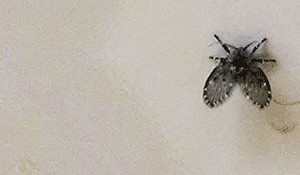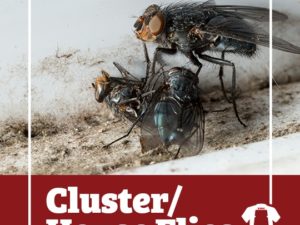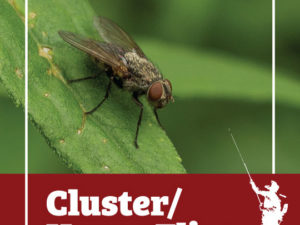
A non-native crane fly species established an invasive habitat in three separate regions of North America back in 2004. This species, Tipula paludosa, has become a nuisance and economically costly insect pest in all of these non-native regions, one of which is, unfortunately, New York state. This invasive crane fly has caused considerable damage to residential and commercial turf grass in the northwest US and eastern Canada, but strangely, New York is the only state in the eastern US that has reported damage of this sort.
In addition to Tipula paludosa, another non-native crane fly species, Tipula oleracea, established an invasive habitat in New York during the year of 2004. Although each of these crane fly species originate from northwest Europe and belong to the same genus, they cannot be eradicated with the same types of control methods due to distinct differences between the two species’ biology. Since 2004, the Tipula paludosa species has been expanding its habitat in New York state more rapidly than Tipula oleracea, making the former species’ control a greater priority among pest control researchers.
Tipula paludosa is already damaging residential lawns and pestering New York residents with nuisance swarms in the south and central regions of the state, but experts claim that this species will soon become a statewide pest. For years crane flies have been a problem for residents of Rochester, especially on the west side of the city. Two years ago, the owner of a lawncare business based in Rochester stated that complaints concerning crane fly damage are ten times higher in the west than in the east, but today, crane flies have made their presence felt in all residential areas of the city.
Crane flies resemble large mosquitoes, which can make their swarms overwhelming when they occur during the spring and late summer seasons. Much like grubs, crane fly larvae feed on grass roots, and the larvae become active beneath lawn soil during the month of May and again in September, but the spring season sees the greatest degree of crane fly damage. Crane fly larvae typically infest lawns where soil is particularly moist, but it seems that the pests are adapting to drier soils in the state.
Since crane fly larvae inflict damage below the soil’s surface, their presence is not usually noticed by homeowners, but their feeding activity causes yellow to brown colored patches to form on lawn grass. Several bird species are predators of crane fly larvae, so the presence of several birds on a lawn is indicative of a crane fly infestation. However, the presence of crane fly larvae often causes bird predators to peck away at lawn grass in search of their prey, causing an even greater amount of lawn damage. Crane fly larvae also feed on the roots of many plants, and if their presence is suspected on a property, then a pest controller should be contacted before replacing turf grass becomes necessary.
Have you noticed patches of dead grass taking form on your lawn?













